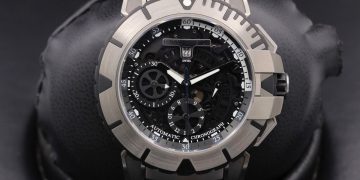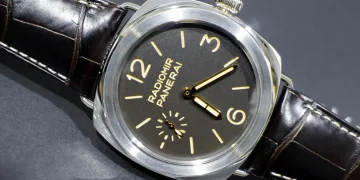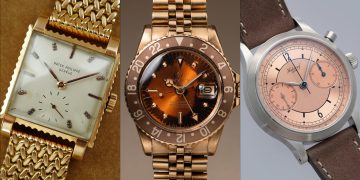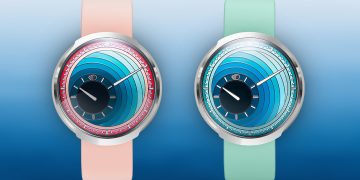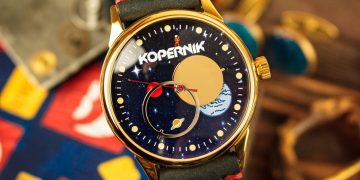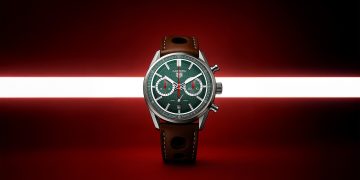The watch you wear is not just a tool to tell time—it has become a powerful social symbol, reflecting your personal identity, wealth, and social standing. From high-end luxury watches to more affordable timepieces, each watch tells a story of status, taste, and sophistication. This article delves into how the choice of a watch brand and model can convey messages about who you are, your place in society, and your relationship to both traditional luxury and modern trends.
The Watch as a Reflection of Social Standing
For centuries, watches have served as more than just functional objects. Timepieces have long been linked to the wealthy, powerful, and influential, with the ability to demonstrate one’s affluence and taste. Historically, a finely crafted pocket watch or wristwatch symbolized not only financial status but also a connection to elite culture. In today’s world, this symbolism continues, though with new layers of meaning added by branding, design, and market positioning.
Certain watch brands have inextricably tied themselves to the idea of social status, with names like Rolex, Patek Philippe, Audemars Piguet, and Richard Mille being widely recognized as representations of wealth, exclusivity, and luxury. These watches are seen as markers of a person’s ability to access rare and expensive items—an undeniable indicator of social standing. But why is a watch more than just a timekeeper when it comes to demonstrating status?
The Power of Swiss Watches
The Swiss watch industry has long been at the forefront of luxury timepieces. Brands such as Rolex, Omega, and Vacheron Constantin are synonymous with both high-quality craftsmanship and elevated social class. The Swiss watchmaking tradition is revered worldwide for its dedication to precision, innovation, and luxury—qualities that speak volumes about those who choose to wear these watches.
In a social context, wearing a Swiss watch signals an understanding of heritage and taste, as well as an appreciation for the finer things in life. A Rolex Submariner, for example, is recognized not only for its impeccable engineering but also for its association with wealth and exclusivity. To many, a Rolex isn’t just a watch; it’s a statement—a symbol of achievement and status that transcends its mere function.
For those at the highest levels of society, watches from Patek Philippe or Audemars Piguet go even further, with their intricate complications, exclusive materials, and extremely limited runs. Owning such watches places the wearer in a rarified club of people who can afford these investments in both luxury and history.
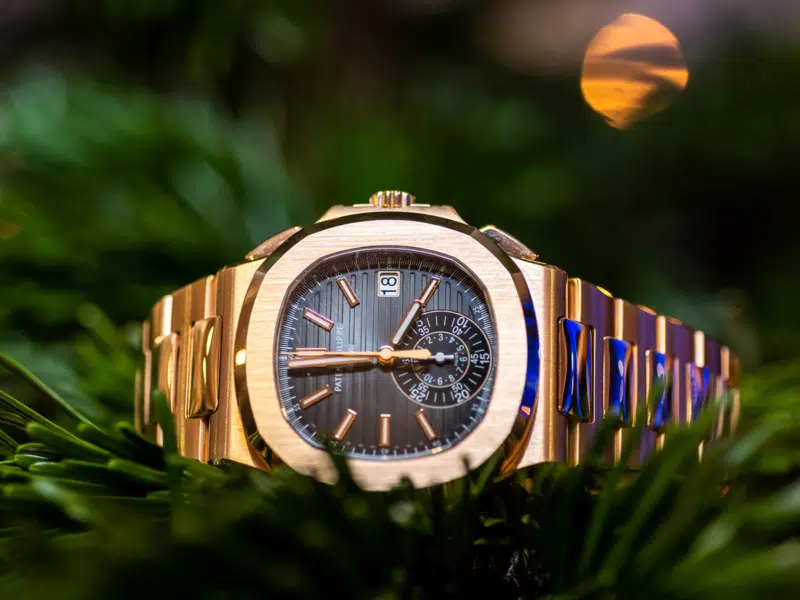
Watches as Status Symbols in Popular Culture
Watches have been immortalized in popular culture, serving as a visual cue of a character’s social position or lifestyle. In James Bond films, Omega watches are worn by the super-spy, suggesting not just sophistication, but the wearer’s association with the elite. Similarly, in movies like The Great Gatsby, watches can symbolize both wealth and the illusion of success. The luxury watch has evolved from being merely functional to representing a life of adventure, power, and mystery.
In the realm of music, particularly in hip-hop culture, watches have similarly been elevated to symbols of success. Artists like Jay-Z, Drake, and Kanye West have often showcased high-end watches in music videos and public appearances, further embedding watches into the cultural consciousness as symbols of luxury and status. Their use of watches—especially from brands like Rolex, Audemars Piguet, and Patek Philippe—is a clear nod to their financial success and prestige.
These instances reinforce the idea that a watch is no longer just a tool—it’s a status symbol that reflects the wearer’s place in the social hierarchy.
The Shift to Boutique and Independent Watchmakers
While the Swiss giants continue to dominate the luxury watch market, a growing movement has emerged in recent years toward independent and boutique watchmakers. Brands like MB&F, Richard Mille, and F.P. Journe have carved out niches by offering innovative designs and limited-edition pieces that cater to watch enthusiasts and collectors seeking exclusivity and innovation over tradition. For the affluent, choosing a Richard Mille watch, with its high-tech, bold designs, conveys not just wealth but a sense of being on the cutting edge of technological innovation.
These watches often appeal to those who want to make a statement about being part of a new wave of luxury—one that emphasizes individuality and a break from the traditional luxury models of the past. The buyer of a Richard Mille or Audemars Piguet Royal Oak Offshore isn’t just signaling wealth—they are also signaling a willingness to embrace avant-garde designs and progressive ideas in horology.
Watches as Personal Identity
The choice of watch can also reveal much about a person’s identity, tastes, and lifestyle. For instance, an individual who wears a Casio G-Shock might not be concerned with luxury, but rather with durability, functionality, and practicality. The G-Shock has become a symbol of ruggedness and adventure, often associated with athletes, outdoor enthusiasts, and those in need of a timepiece that can withstand extreme conditions.
On the other hand, someone who opts for a Tag Heuer Monaco might be signaling a connection to the world of motorsport and precision engineering, reflecting a passion for racing and a more active, energetic lifestyle. For some, a watch is not just an accessory but a direct reflection of their interests and values.
Similarly, for individuals who gravitate toward minimalist designs, brands like Nomos Glashütte or Junghans reflect a preference for understated elegance and refined taste. These watches emphasize simplicity and craftsmanship, signaling an appreciation for the art of watchmaking without the need for outwardly flaunting wealth.
Digital Watches: New Symbols of Modernity
The rise of smartwatches in the 21st century has created a new dynamic in the social status of timepieces. While luxury mechanical watches remain the pinnacle of traditional watch status, the smartwatch revolution has introduced a different kind of prestige. Devices like the Apple Watch or Garmin Fenix reflect a user’s engagement with technology, efficiency, and modernity. These watches are no longer merely about the passage of time—they are symbols of health-consciousness, productivity, and connection to the digital age.
The Apple Watch, in particular, has moved beyond its role as a mere tech gadget and has become a status symbol of its own. The variety of options, from the stainless steel models to the Hermès collaborations, allows wearers to signal their social position and affinity for cutting-edge technology, all while maintaining a modern, sophisticated appearance.
Conclusion
A watch does much more than simply tell the time—it tells the world who you are, where you stand in the social hierarchy, and what you value. Whether you wear a Rolex, a Tag Heuer, a Casio, or an Apple Watch, your choice of timepiece speaks volumes about your taste, wealth, interests, and identity. Watches continue to be powerful social symbols, marking not just moments in time but also key milestones in social achievement, cultural participation, and personal expression.



